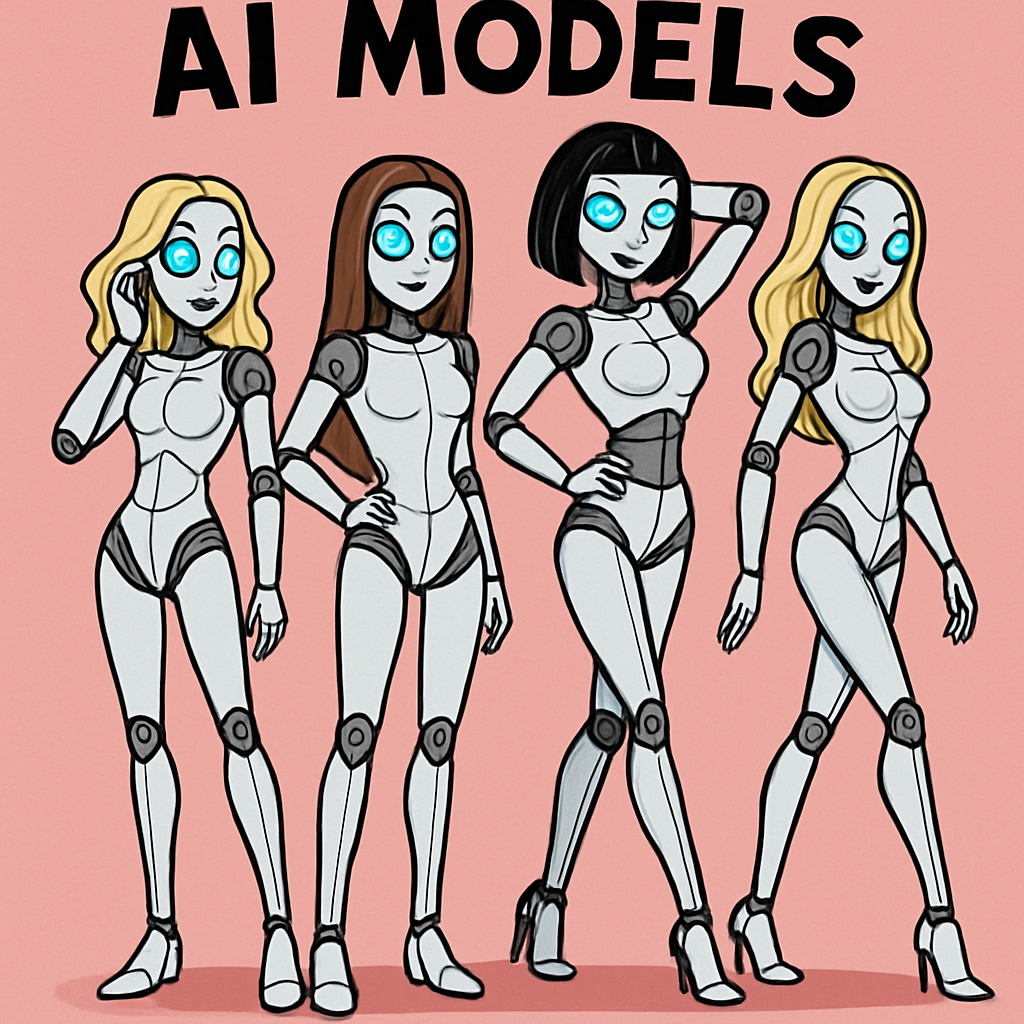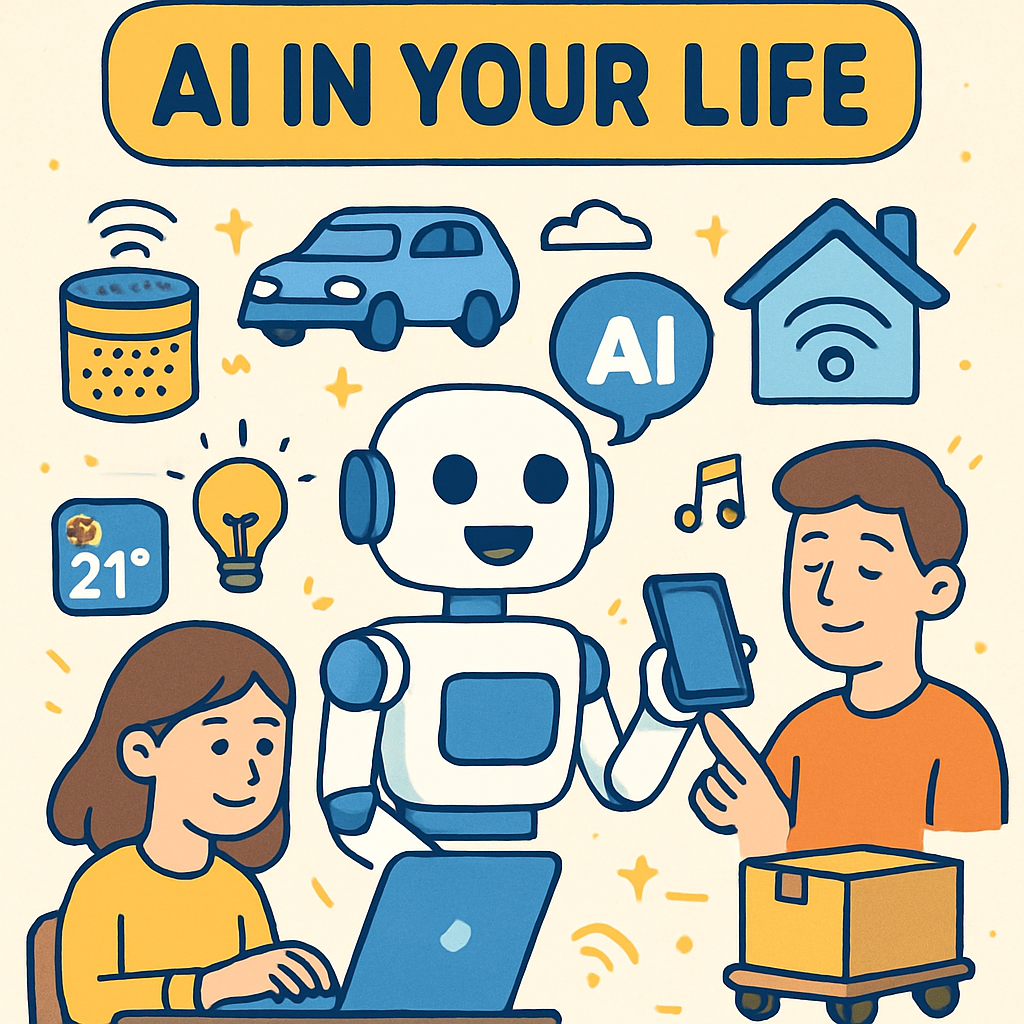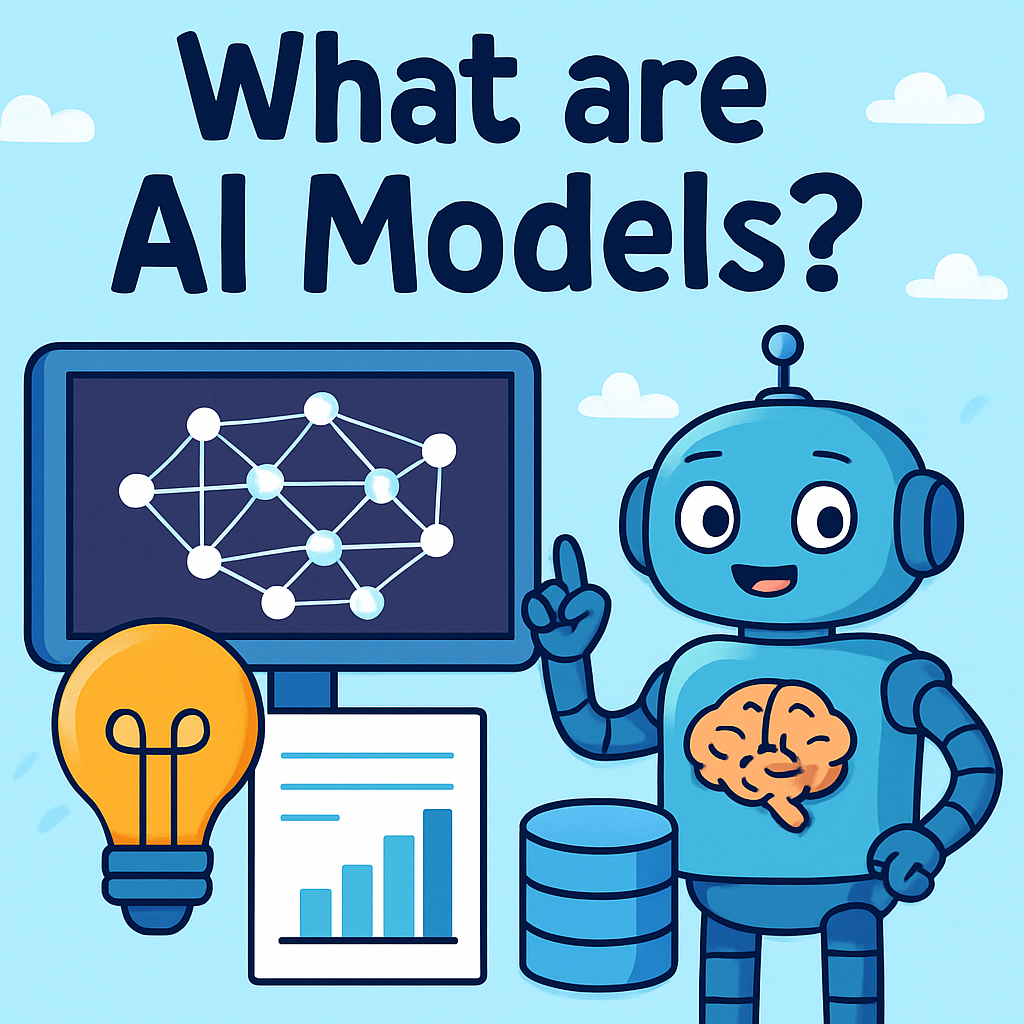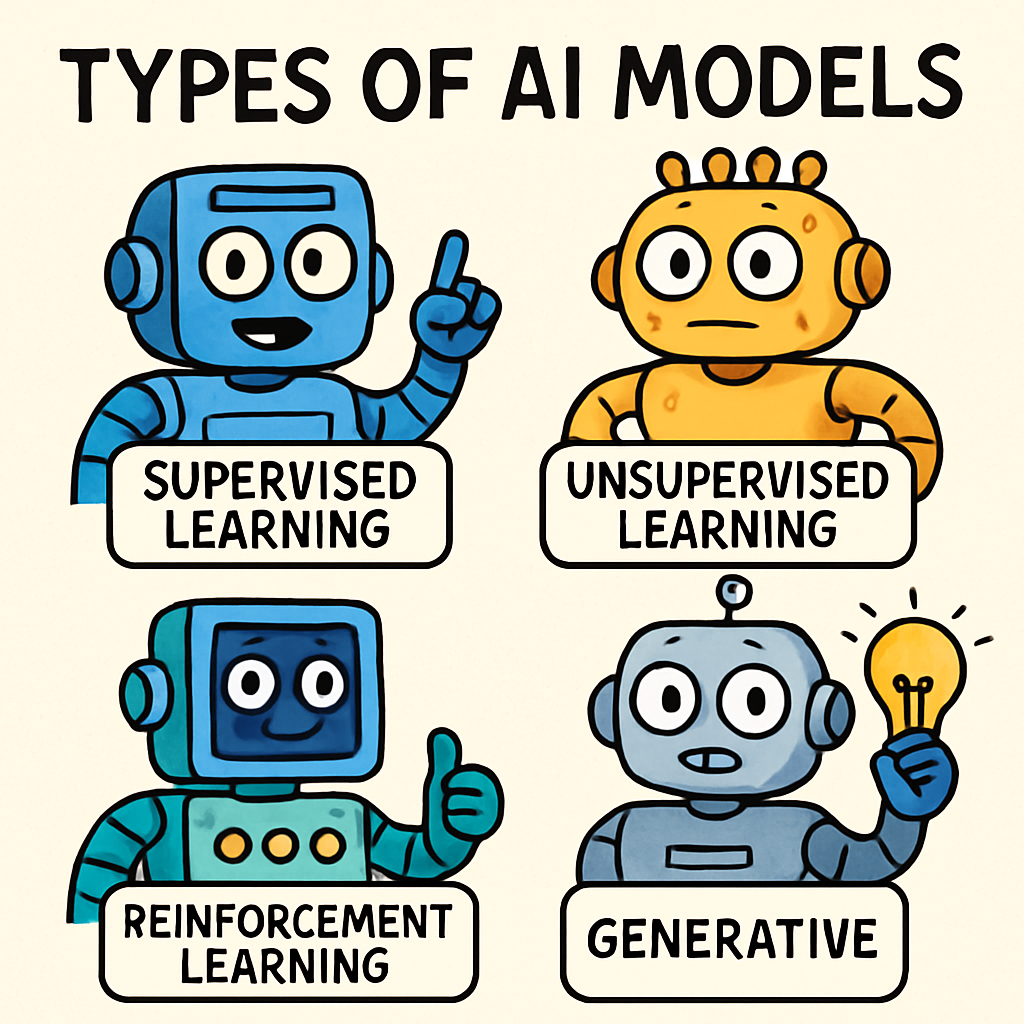 This lesson will provide you with a foundational understanding of artificial intelligence models. You will explore their definitions, mechanisms, and significance in everyday applications.
This lesson will provide you with a foundational understanding of artificial intelligence models. You will explore their definitions, mechanisms, and significance in everyday applications.
Lesson Overview: Artificial intelligence, or AI, is a rapidly advancing field that influences many aspects of modern life. In this lesson, we will examine the core concepts of AI models, including how they are trained and applied, as well as their potential limitations and ethical considerations. The content will include clear explanations, relevant examples, and interactive activities to support your learning.
Learning Objectives: By the conclusion of this lesson, you will be able to:
It is important to approach AI as a powerful tool that requires responsible use. This lesson emphasises critical thinking about technology and its impact on society.
 Consider the role of artificial intelligence (AI) in your everyday experiences. Beyond recommending videos on YouTube or suggesting filters on TikTok, AI helps maps find the fastest route, voice assistants set reminders, shops suggest items you might like, email apps filter spam, banking apps flag unusual payments, and photo apps sort pictures by faces or places. In this activity, you’ll spot where AI shows up in your day, note what it’s trying to do (predict, classify, recommend, detect), and reflect on how well it works for you. This will help you connect the concepts we’ll study—like data, models, accuracy, and fairness—to real situations you already know, including the benefits (convenience, personalization) and the trade-offs (privacy, bias, and transparency).
Consider the role of artificial intelligence (AI) in your everyday experiences. Beyond recommending videos on YouTube or suggesting filters on TikTok, AI helps maps find the fastest route, voice assistants set reminders, shops suggest items you might like, email apps filter spam, banking apps flag unusual payments, and photo apps sort pictures by faces or places. In this activity, you’ll spot where AI shows up in your day, note what it’s trying to do (predict, classify, recommend, detect), and reflect on how well it works for you. This will help you connect the concepts we’ll study—like data, models, accuracy, and fairness—to real situations you already know, including the benefits (convenience, personalization) and the trade-offs (privacy, bias, and transparency).
Recognising AI in familiar contexts demonstrates how technology influences our routines and decisions. By examining these examples, you will gain a clearer understanding of AI's practical applications and prepare for deeper exploration in the lesson.
 AI models are clever computer systems that learn from lots of information, known as data. They are at the heart of artificial intelligence, helping computers make predictions, decisions, and actions that usually require human thinking.
AI models are clever computer systems that learn from lots of information, known as data. They are at the heart of artificial intelligence, helping computers make predictions, decisions, and actions that usually require human thinking.
Here’s how they work in simple terms:
AI models come in different forms, but they all rely on data to 'train' and improve. For example, a model might learn to predict the weather by studying years of temperature and rainfall data, spotting trends like rainy seasons.
 Understanding AI Training
Understanding AI TrainingTraining an AI model can be compared to teaching a pet new tricks. This analogy helps illustrate the fundamental process of how AI learns from data.
Similarly, AI models are trained using data and algorithms. Instead of treats, the model receives feedback in the form of adjustments to its internal parameters. Each iteration allows the AI to refine its performance, much like how practice helps the pet improve.
This process is essential for AI to recognise patterns, make predictions, or perform tasks effectively. For example, an AI model might be trained to identify objects in images by analysing thousands of labelled examples, receiving feedback on its accuracy each time.
 Understanding Different Types of AI Models
Understanding Different Types of AI ModelsAI models can learn in various ways, depending on the task they are designed to perform. In this step, we will explore four primary types of learning approaches used in AI models. Each type has its own method of processing data and improving over time. Understanding these differences will help you appreciate how AI is applied in different scenarios.
These approaches are based on how the model interacts with data and feedback during the training process. Let us examine them in detail.
Each type of AI model has strengths suited to specific problems, and they often form the foundation for more complex systems.